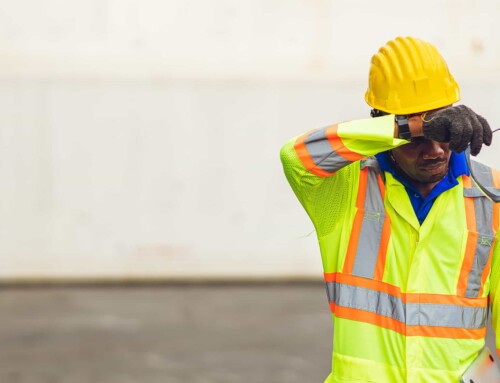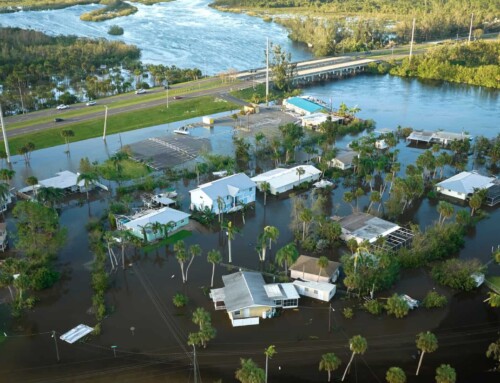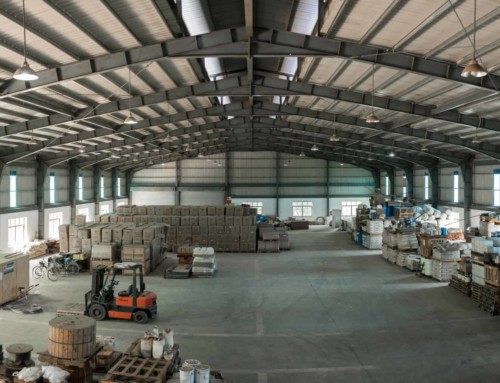The trucking industry has experienced perennial growth over the past several decades and in the post-pandemic United States, it is likely to only continue growing. In 2019, trucking represented over 80% of the US Freight cost with a total revenue of three quarters of a trillion dollars. This increase was accompanied by a requisite increase in total employment and with driverless vehicles still seemingly years away, commercial trucking employment numbers will also likely continue to grow.
One of the obvious risks for the transportation industry lies with traffic collisions. Especially with the rise in traffic related deaths during and following the pandemic. Considering America’s reliance on motor travel and an ever increasing population, this risk is unlikely to be reduced anytime soon. It’s important to mitigate this risk in any way that you can.
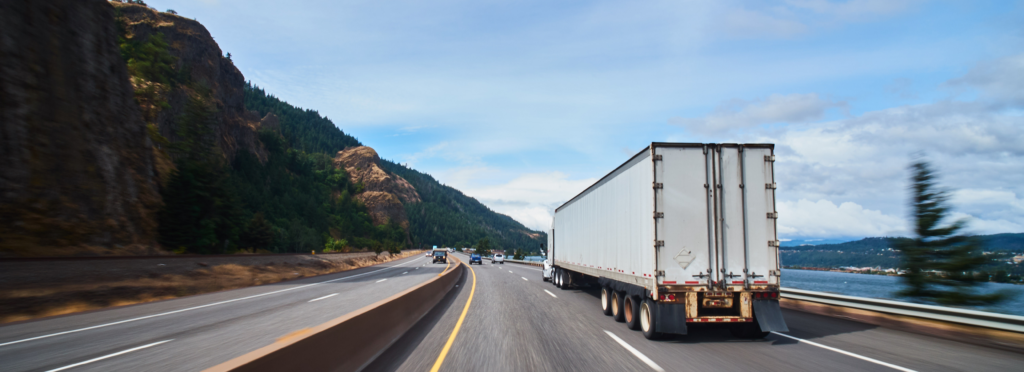
Types of Liability
The two main areas of risk to a transportation company are on their premises and on the truck. Companies must contend with risk associated with general liability, premises and operational liability, and product liability, if they manufacture any of the products that they ship.
From a business perspective, the main risks are customer or employee injuries onsite and property damage to merchandise. Trucks also need to have primary auto liability coverage. This is for protection if someone else is injured in an accident. This should also include uninsured motorist coverage. For drivers that also use their vehicles off the clock, bobtail insurance covers any time the vehicle is driven while not transporting cargo, such as to and from a personal residence.
Protecting your Business
The first step is to make sure you’re adequately covered. Getting all of the right insurance for your situation limits your potential exposure in the event of an incident. Depending on the scale of your operation, or whether you hire drivers as employees or contract owner-operators, this might need to cover different things. Make sure that your coverage covers the necessary amounts for your area of operation.
It’s important to develop a company culture based on safety. By maintaining a consistent schedule for drivers and creating guidelines for loading and unloading merchandise, you can make sure that all employees buy in to creating a safe work environment. Every point of the transportation process should have its own specific process depending on the type of cargo and the quantity.
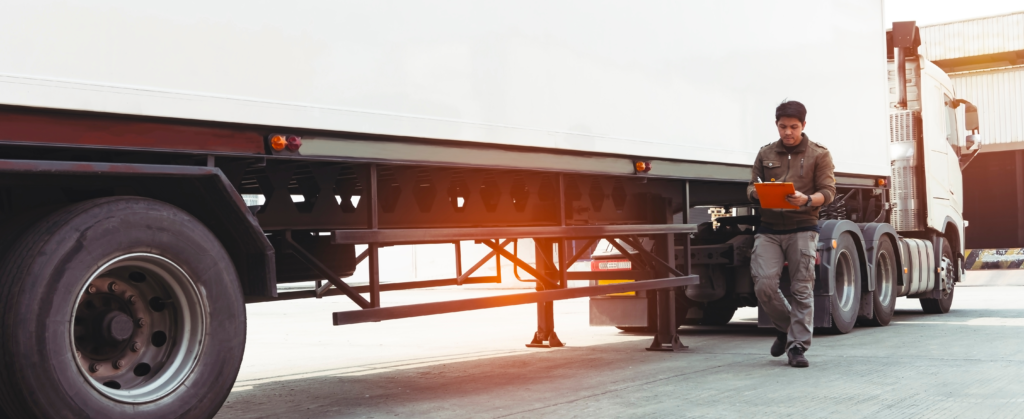
There are a few steps that you can take to further mitigate your risk as a business owner, as well.
Inspect your fleet. This applies whether you own the trucks or lease them from owner-operators. Make sure that any truck that drives under your name is up to date on any maintenance or inspections necessary and specifically check parts that are most likely to cause an accident, such as brakes, tires, and anything used to secure cargo.
Hire trained drivers. Even when there is a shortage of drivers, it’s always better to hire professionals, rather than untrained new drivers. While you might save money in the short term, if an untrained driver causes an accident it could result in a worse claim outcome and later higher premiums. Check qualifications to ensure that drivers can operate your specific type of fleet vehicles, conduct background checks for driving and health records, and collect references.
Keep meticulous logs. All your drivers must keep logs that satisfy federal and state standards. These records can ensure that a driver doesn’t exceed maximum driving time. The use of GPS systems allow you to keep an automated record of a truck’s location, period of use, and speed. The more advanced systems can update every 10 seconds, transfer data directly to external software, and can be directly tied to the odometer of the vehicle.
Equip security cameras. You can take your safety precautions a step further by installing cameras in any high traffic area on your property to protect against theft and for evidence in the case of an accident. You also should have dash cams and cameras showing a full view of the exterior of the truck, so if a collision should occur, you can potentially protect your vehicles and your drivers from assuming fault.
In the Case of an Accident
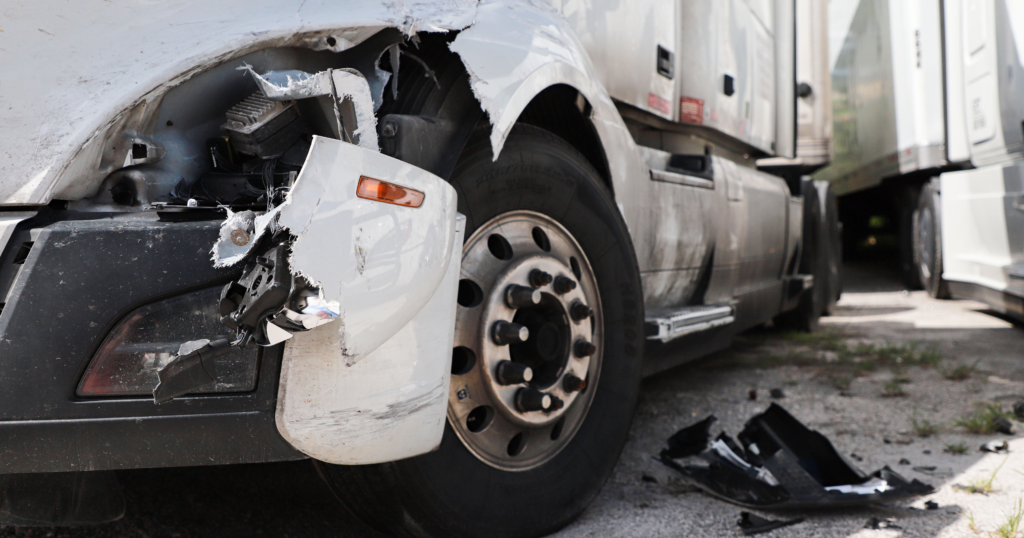
While it’s easy to think you know how to handle yourself during a crisis, it’s often a different story in the moment when your adrenaline is flowing. By creating a checklist for all company drivers and responders, you can take some of the uncertainty out of the event. Make sure that everyone involved is trained to remain calm, so that they can record all of the relevant accident information and quickly resolve the problem.
- Stop the vehicle, engage its hazard lights, and pull off the road to the side if it’s safe to do so.
- If the driver is uninjured, check other drivers and passengers for injury.
- Call 911 to report injuries and the accident.
- Set up emergency warning devices around the truck, if necessary.
- Contact the company point of contact, and insurance provider.
- Record information about the accident, including taking photos if you can do so safely.
- Exchange information with the other drivers.
One other thing that can help, is to have your drivers add a contact list of who in the company to call in an emergency, an internal accident report form to prompt them what information to collect, a disposable camera to take photos in case their phone is damaged, and warning triangles to direct other cars away from the truck.
—
For more information on how to protect your business from liability, see our other blogs or contact your adjust for more information.


